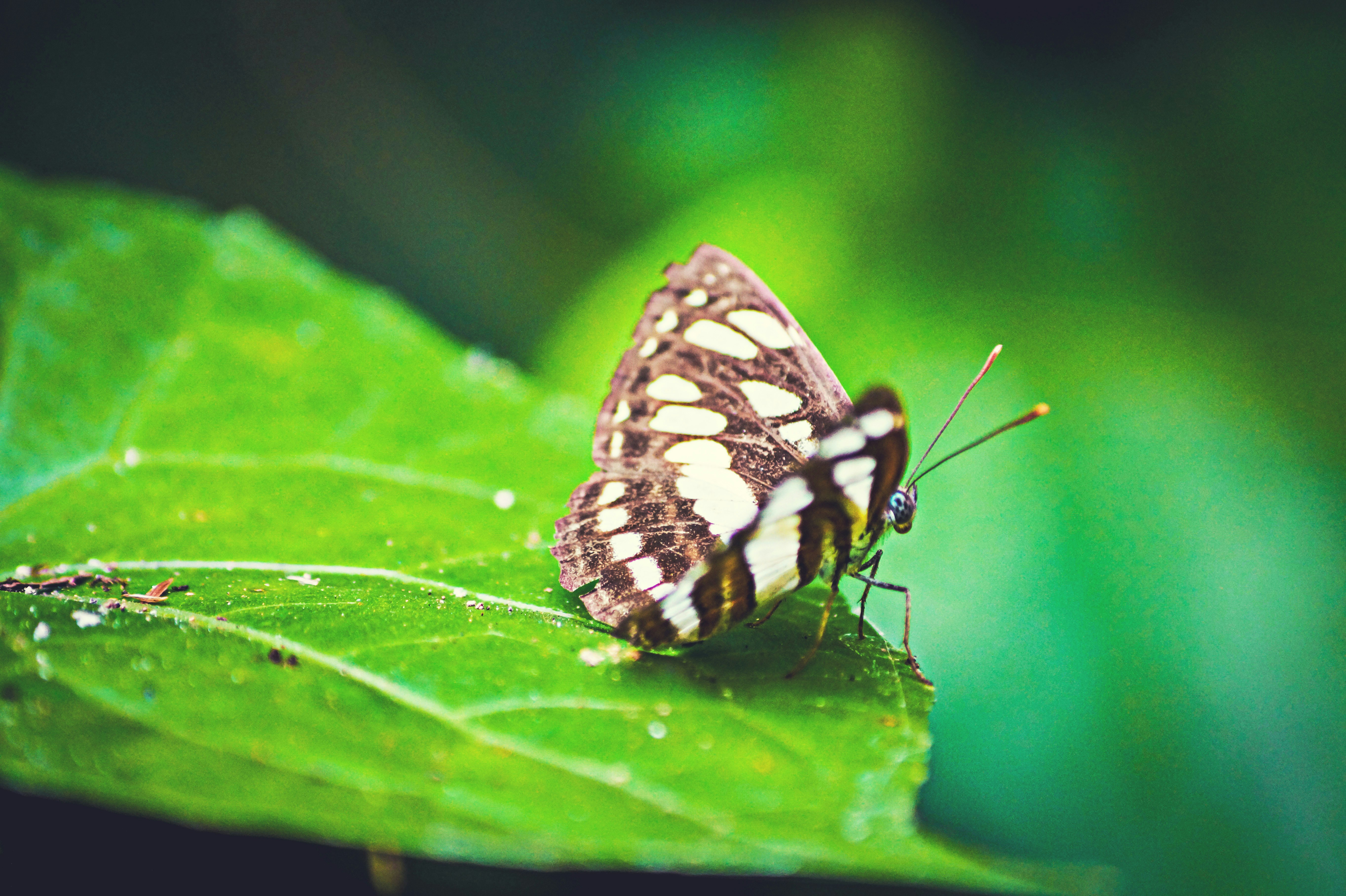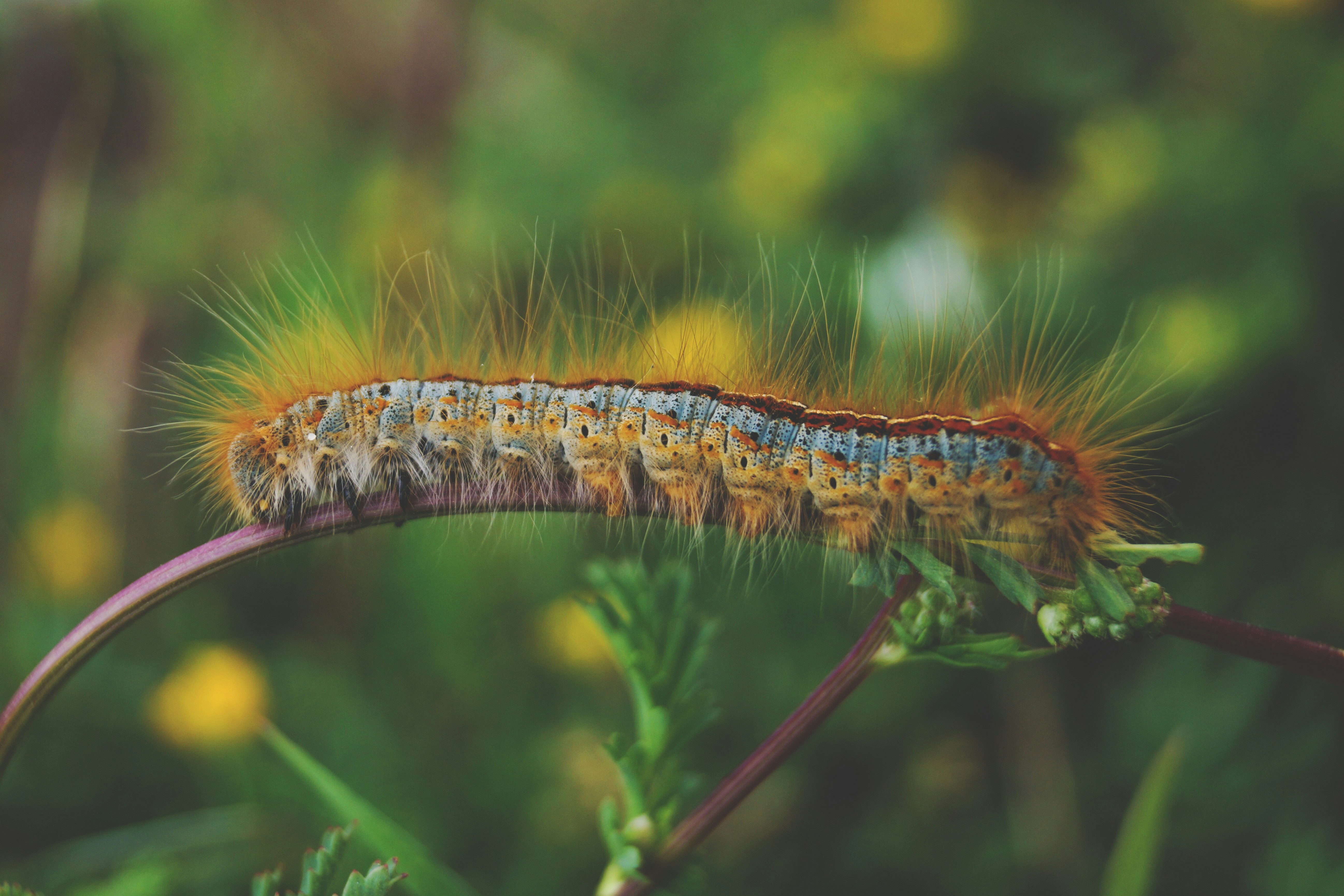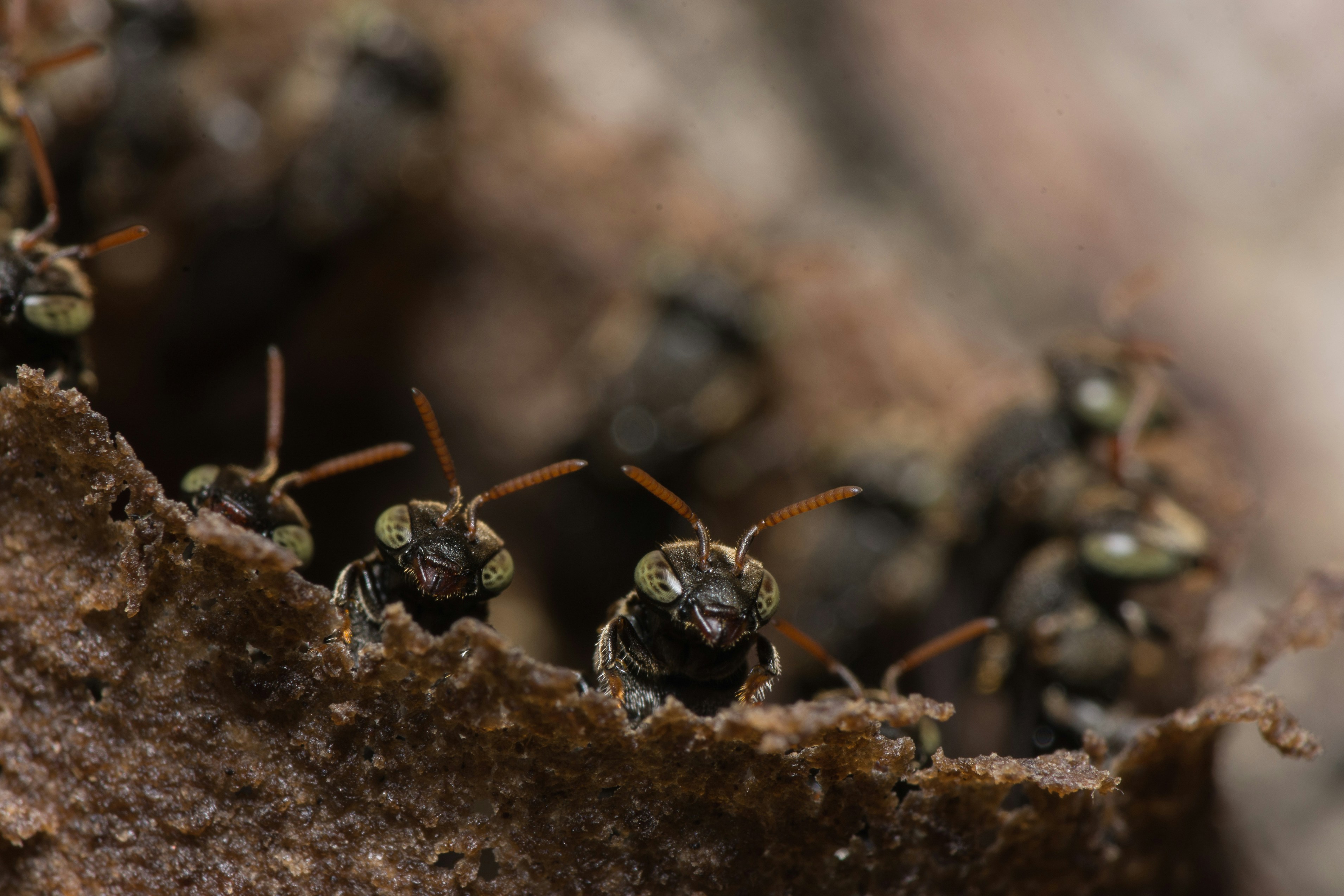In the world of wilderness nutrition, there is an unconventional, yet surprisingly sustainable, source of nourishment that often gets overlooked – edible insects. This guide is here to shed light on this fascinating topic and provide you with valuable information on how insects can be a viable food source in the wilderness. Forget the stereotypes and open your mind to the possibility of incorporating these edible creatures into your survival toolkit. From their impressive nutritional value to their abundance in the wild, exploring the world of edible insects can unlock a whole new level of sustainable nutrition in the great outdoors. So, let’s embark on this journey together and discover the hidden potential of these tiny powerhouses!
Benefits of Edible Insects
High Nutritional Value
When it comes to nourishment, edible insects pack a powerful punch. They are rich in essential nutrients, making them an excellent addition to any diet. In fact, insects are a fantastic source of high-quality protein, with some species containing even more protein per gram than traditional meat sources like chicken or beef. This makes them an ideal choice for individuals looking to maintain or increase their protein intake. Additionally, insects are often low in fat and calories, making them a great option for those watching their weight or trying to lead a healthy lifestyle.
Abundance in the Wilderness
One of the most significant advantages of edible insects is their abundance in the wilderness. When you’re out in the wild and searching for sustenance, insects can be found virtually everywhere. They thrive in various habitats, ranging from forests to open fields, and can even be found near bodies of water. This makes them a readily available food source, especially when other options are scarce. Since insects reproduce rapidly and are often found in large numbers, you can gather a significant amount of food in a short amount of time, ensuring that you won’t go hungry in the wild.
Sustainability and Environmental Impact
Choosing to consume insects makes a positive impact on the environment. Traditional livestock farming poses numerous challenges, including deforestation, excessive water usage, and greenhouse gas emissions. In contrast, insect farming requires significantly less land and water, and it releases fewer greenhouse gases. In fact, the carbon footprint of insect farming is remarkably smaller than that of conventional livestock. By incorporating insects into your diet, you’re actively contributing to a more sustainable future and reducing your ecological footprint.
Types of Edible Insects
Common Edible Insects
Certain insects are widely consumed around the world and are considered staple foods in many cultures. Examples of common edible insects include crickets, mealworms, and grasshoppers. These insects are easily accessible, and you may even find them in supermarkets or specialty stores. They are versatile in the kitchen and can be used in a variety of dishes, from snacks to main courses. Moreover, their mild, nutty flavors make them suitable for both sweet and savory recipes.
Lesser-Known Edible Insects
While common insects steal the spotlight, there is a whole world of lesser-known edible insects waiting to be discovered. These insects, such as ants, termites, and silkworm pupae, may not be as readily available but are equally nutritious and delicious. Exploring these lesser-known options can add excitement and diversity to your insect-based meals. It’s essential to keep an open mind and embrace the possibilities that these unconventional edible insects offer.
Preparing Edible Insects for Consumption
Before enjoying edible insects, it’s vital to properly prepare them. Start by ensuring that your insects are sourced from reliable and trustworthy suppliers to guarantee their safety for consumption. Next, thoroughly clean the insects by rinsing them in water. Some prefer to remove wings, legs, or other unwanted parts before cooking, but this is a matter of personal preference. Edible insects can be cooked in a variety of ways, including sautéing, frying, roasting, or boiling. Experiment with different cooking methods and seasonings to find your preferred way of preparing these nutritious morsels.
Nutritional Profile of Edible Insects
Protein Content
Edible insects are an exceptional source of protein. They are packed with all the essential amino acids our bodies need for optimal health and muscle growth. In fact, some insect species contain up to 80% protein, making them a fantastic choice for individuals seeking to increase their protein intake. Protein is crucial for the growth and repair of body tissues, boosting the immune system, and regulating various bodily functions. By incorporating insects into your diet, you can easily meet your protein requirements in a sustainable and environmentally friendly manner.
Healthy Fats
While fats are often viewed as the enemy, our bodies require healthy fats for proper functioning. Edible insects can provide a valuable source of these essential fats. Insects such as mealworms and crickets are known to contain heart-healthy omega-3 and omega-6 fatty acids. These fats play a vital role in brain function, reducing inflammation, and maintaining healthy skin. By adding insects to your meals, you can enjoy the benefits of these beneficial fats without compromising on flavor or nutrition.
Vitamins and Minerals
In addition to protein and healthy fats, edible insects are also rich in vitamins and minerals. They are particularly abundant in B vitamins, including vitamin B12, which is essential for nerve function and the production of red blood cells. Insects also provide a variety of minerals, such as iron, magnesium, and zinc, which play crucial roles in maintaining overall health. By incorporating insects into your diet, you’re not only expanding your culinary horizons but also boosting your nutrient intake.
Unique Nutritional Components
Beyond the basic macronutrients and micronutrients, edible insects contain unique nutritional components that make them stand out. For example, the exoskeletons of insects are composed of a substance called chitin, which can promote digestive health and support a healthy gut microbiome. Insects are also a great source of antioxidants, which help protect against harmful free radicals and reduce the risk of chronic diseases. By exploring the world of edible insects, you can unlock a treasure trove of nutritional benefits that are not found in other food sources.
Finding and Identifying Edible Insects
Identifying Edible Insect Species
When foraging for edible insects, it’s crucial to be able to identify the species correctly. Misidentification can lead to consuming toxic or dangerous insects, which can have severe consequences. Educate yourself on the specific characteristics and distinct markings of the insects you intend to gather for consumption. Consulting reliable field guides or seeking guidance from experienced foragers can be invaluable in learning how to identify edible insect species accurately.
Habitats and Seasonality
Different insect species prefer specific habitats and have distinct preferences for particular seasons. Familiarize yourself with the natural habitats of the insects you’re interested in foraging. For example, you may find crickets in grassy areas or mealworms in decomposing matter. Additionally, understanding the seasonality of these insects can significantly increase your chances of successfully locating them. Some insects may be more abundant during certain times of the year, so plan your foraging adventures accordingly.
Essential Tools for Insect Foraging
When venturing out to forage for edible insects, a few essential tools can significantly enhance your experience. A good quality field guide will help you identify different insect species accurately. Additionally, having a reliable insect net or container will make it easier to catch insects without causing any harm. A pair of tweezers or forceps can aid in handling delicate insects during collection or preparation. Lastly, a magnifying glass or a small microscope can help you examine insects closely and appreciate their intricate details.
Safety Considerations
Allergies and Sensitivities
Just like any other food, individuals can have allergies or sensitivities to edible insects. If you have never consumed insects before, exercise caution and start with small quantities to gauge your body’s reaction. Some people may be allergic to specific insect species, so it’s essential to be aware of any potential allergic reactions. If you experience symptoms such as itching, swelling, or difficulty breathing after consuming insects, seek medical attention immediately.
Avoiding Toxic Insects
While most edible insects are safe to consume, some insects can be toxic or carry harmful parasites or bacteria. It’s crucial to be aware of these potential dangers and avoid consuming insects that are known to be toxic. Do thorough research and consult reliable sources to determine which insects are safe for consumption. If you’re unsure or unfamiliar with a particular species, it’s best to err on the side of caution and avoid consuming it.
Proper Cooking and Preparation
To ensure the safety of consuming edible insects, proper cooking and preparation methods are essential. Cooking insects thoroughly will kill any potential parasites or bacteria that may be present. Boiling, roasting, or frying insects at high temperatures can effectively eliminate any harmful organisms. It’s important to note that raw or undercooked insects can pose a risk to your health, so always cook them before consumption. By following proper cooking and food safety guidelines, you can enjoy edible insects without worrying about potential health hazards.
Culinary Uses and Recipes
Insect Snacks and Appetizers
Insects can add a unique twist to your snacks and appetizers. Roasted crickets or mealworms make for a crunchy and flavorful addition to trail mixes or as a standalone snack. Try adding them to popcorn, chips, or nuts for an exciting and protein-packed treat. With a sprinkle of seasoning or a drizzle of honey, these snacks will surely impress your guests at your next gathering.
Main Dishes with Edible Insects
Insects can take center stage in main dishes, providing a delightful and protein-rich element to your meals. From stir-fries to pasta dishes, you can incorporate insects in various ways. Crispy fried ants can add a zesty tang to salads, while grasshoppers can bring a delightful crunch to tacos. Embrace your creativity and experiment with different flavor combinations to create unique and delicious insect-based main dishes.
Baking with Insect Flour
Insect flour is a versatile ingredient that can be used in baking recipes, making your favorite treats more nutritious. You can substitute a portion of your regular flour with insect flour to enhance the protein content and add a subtle nutty flavor. Insect flour can be incorporated into a wide range of baked goods, from cookies and brownies to bread and pancakes. By exploring the world of baking with insect flour, you can elevate your culinary creations while promoting sustainability.
Insect-Inspired Beverages
Insects can even find their way into your drinks, offering a truly unique experience. Cocktails infused with insect extracts or garnished with edible insects can be a conversation starter at any gathering. You can also experiment with creating insect-based smoothies or protein shakes, adding a nutritious twist to your daily beverages. With a dash of creativity, you can transform your drinks into colorful and insect-inspired refreshments.
Preserving Edible Insects
Drying for Long-Term Storage
Preserving edible insects is essential to ensure their long shelf life. Drying is one of the most common and effective methods of preservation. To dry insects, start by washing them thoroughly and patting them dry. Arrange them on a baking sheet and place them in an oven or food dehydrator at a low temperature. Dehydrate them until they become crispy and brittle. Once dried, store them in airtight containers in a cool, dry place. Properly dried insects can last for months or even years, allowing you to enjoy them whenever you desire.
Canning and Fermenting
Canning and fermenting are alternative methods of preserving edible insects. Canning involves sterilizing jars and filling them with cooked insects, along with brine or oil, before sealing them tightly. Fermenting, on the other hand, involves creating an environment conducive to the growth of beneficial bacteria that will enhance the flavor and preserve the insects. Both methods require careful attention to ensure proper preservation and food safety. By mastering these preservation techniques, you can extend the shelf life of your edible insects and enjoy them throughout the year.
Freezing Techniques
Freezing is a convenient preservation method that helps maintain the freshness of edible insects. To freeze insects, start by cleaning and drying them thoroughly. Place them in a single layer on a baking sheet and freeze them until firm. Once frozen, transfer them to airtight containers or resealable bags and store them in the freezer. Freezing can help preserve the nutritional value and flavor of the insects for an extended period. This method allows you to enjoy your edible insects at your convenience, even long after the foraging season has passed.
Ethical Considerations
Responsible Harvesting Practices
When foraging for edible insects, it’s essential to practice responsible harvesting methods. Avoid over-harvesting and only gather as much as you need. Leave enough insects behind to ensure their population can replenish itself and continue to thrive. Be mindful of the habitats you are collecting insects from and avoid damaging the surrounding environment. By acting responsibly, you can ensure the sustainability of edible insect populations and contribute to the preservation of natural ecosystems.
Conservation Efforts
As the popularity of edible insects grows, it’s crucial to support conservation efforts related to insect populations. Numerous organizations and initiatives are dedicated to understanding and protecting insect biodiversity. Consider supporting these initiatives by volunteering your time, donating, or spreading awareness about their importance. By actively engaging with conservation efforts, you are making a tangible difference in preserving insect species and their natural habitats.
Supporting Indigenous Communities
Many indigenous communities around the world have relied on edible insects as a vital food source for centuries. By incorporating edible insects into your diet, you can support these communities and their traditional practices. Consider sourcing your edible insects from suppliers that work directly with indigenous communities, ensuring fair trade practices and a sustainable income for these populations. Supporting indigenous communities allows them to maintain their cultural heritage and continue their sustainable ways of life.
Challenges and Risks
Overcoming Psychological Barriers
One of the significant challenges of incorporating edible insects into mainstream diets is overcoming psychological barriers. Western societies often have a cultural aversion to consuming insects, associating them with dirt or disease. However, by educating ourselves on the nutritional value and environmental benefits of edible insects, we can begin to shift these preconceived notions and embrace insects as a nutritious and sustainable food source.
Social Stigma
Social stigma is another hurdle to overcome when introducing edible insects into our diets. It’s essential to promote open-mindedness and understanding among our peers and communities. By sharing knowledge and personal experiences, we can help break down barriers and create a more accepting environment for insect-based foods. Encouraging conversations and engaging others in the benefits of edible insects can slowly shift societal perceptions and make insect consumption more widely accepted.
Regulatory Hurdles
In some regions, regulatory frameworks may pose challenges for the cultivation and sale of edible insects. Some countries have strict regulations surrounding food safety and novel food products, which can impede the development of insect-based industries. Advocate for updated regulations that allow for the safe and sustainable production of edible insects. By working towards supportive legislation, we can unlock the full potential of insect-based foods and create a more accessible market for consumers.
Future of Edible Insects
Potential for Food Security
As the global population continues to grow, ensuring food security becomes a critical issue. Edible insects have the potential to play a significant role in addressing this challenge. With their high nutritional value, abundance in the wild, and sustainable farming practices, insects can offer a viable solution for meeting the growing demand for protein-rich food sources. By embracing edible insects as a part of our diets, we can contribute to achieving a more sustainable and secure future.
Insect Farming and Cultivation
Insect farming and cultivation are rapidly gaining attention as alternative methods of food production. Insects can be reared in controlled environments, such as vertical farms or indoor facilities, utilizing minimal space and resources. This method of farming has a significantly lower environmental impact compared to traditional livestock farming, making it a promising avenue for sustainable food production. By investing in insect farming and cultivation, we can revolutionize the way we produce food and create a more sustainable agricultural system.
Insect-Based Food Products
The market for insect-based food products is expanding, offering a wide range of options beyond whole insects. Manufacturers are introducing innovative insect-based snacks, protein bars, and even insect flour for baking. These products are not only nutritious but also provide consumers with convenient and accessible ways to incorporate insects into their diets. With continued research and development, we can expect to see a diverse array of insect-based food products that cater to various tastes and preferences.
In conclusion, edible insects have numerous benefits, ranging from their high nutritional value to their abundance in the wilderness. With sustainability and environmental impact at the forefront, insects offer a promising solution to the challenges of our current food system. By exploring the types of edible insects, understanding their nutritional profile, and learning how to find and identify them safely, we can unlock a world of culinary possibilities. Embracing edible insects requires addressing safety considerations and societal challenges, but with education and advocacy, we can change cultural perceptions and create a more inclusive food culture. The future of edible insects holds immense potential, from their role in achieving food security to the growth of insect farming and the development of innovative insect-based food products. By incorporating edible insects into our diets, we can contribute to a more sustainable and nutritious world.










